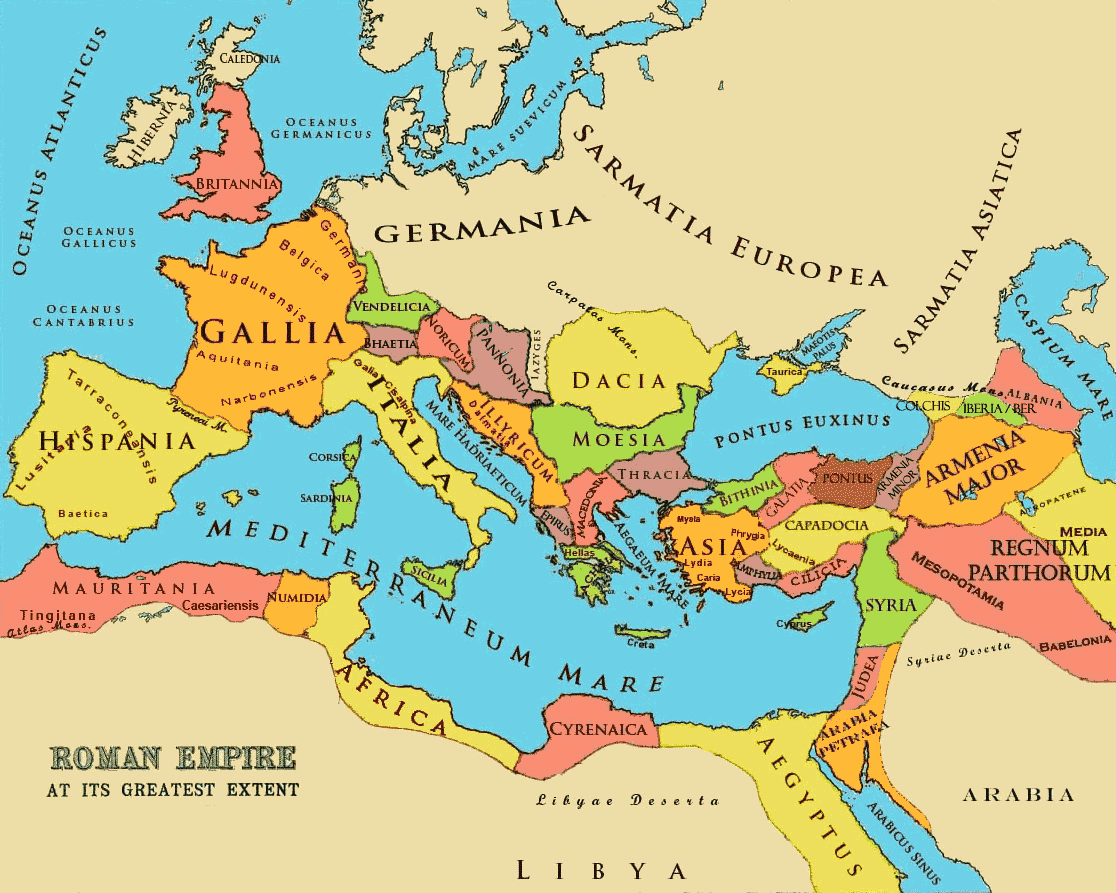 Above, the Roman Empire at it’s greatest extent. Click on the image to get a full size rendition.
Above, the Roman Empire at it’s greatest extent. Click on the image to get a full size rendition.
One of the great mysteries is contained in the title of today’s post. It concerns two things; the functioning of the Roman state and the Roman system of numbering.
Most BG Readers will be familiar with Roman numerals but for those who are not there is quite a good Wikipedia effort to be found here: https://en.wikipedia.org/wiki/Roman_numerals
The mystery is this: how did the Romans manage when their largest easily notated number was 3,000 or MMM?
For a pre industrial civilisation as extensive as the Roman Empire one would have thought that it was necessary to easily denote numbers such as ten thousand, a hundred thousand and a thousand thousand (million).
The Roman number represented in the title is 22,077 which for me represents 22,077 pence or the £220.77 I have spent with Mr Amazon on a new “sat nav”!
There was of course a straightforward solution available to the Romans. The number 22,077 or MMMMMMMMMMMMMMMMMMMMMMLXXVII could easily have been represented as dMdMMMLXXVI.
This quite simple innovation would have involved using lower case letters as prefixes to denote a multiple number. For example:
“dM” Latin “decem mille” for ten thousand
“cM” Latin “centum milia” for hundred thousand
“mM” Latin mille milia for thousand thousand [million]
Given the size and extent and the diversity of the Roman Empire, one has to wonder why.
It just goes to show that great mysteries vis-à-vis peoples behaviour perpetuates throughout history.
Of course, the current “magnum mysterium” is that how can so flawed a man who is demonstrably so comprehensively unfit to assume the office of Prime Minister such as Alexander Boris de Pfeffel Johnson appears to be a “shoe in” for this position?
Speaking the Truth unto the Nation

I believe that putting a line over roman numerals multuplied by one thousand, e.g. twenty thousand would be XX with a line over it.
Surely they’d work in gross for larger numbers!